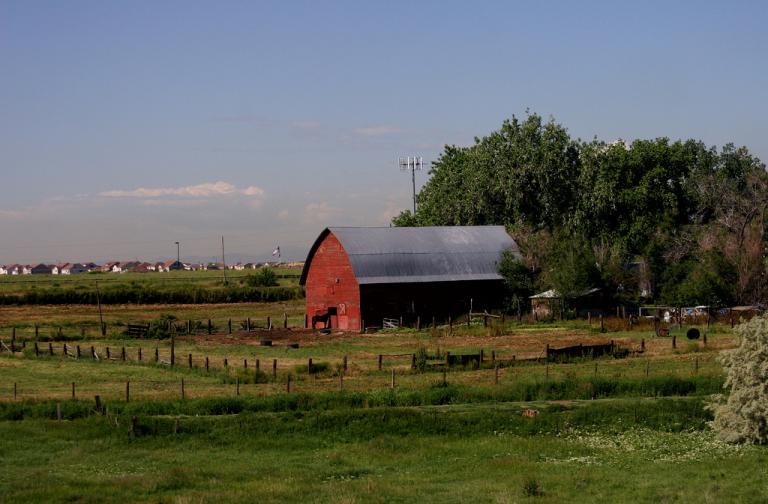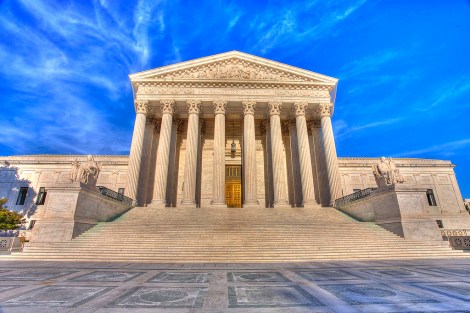If you saw this headline in The New York Times — “Supreme Court to Hear Challenge to E.P.A. Rules on Gas Emissions” — you were probably worried. The conservative majority on the Supreme Court has already rolled back federal regulatory power in other cases. Now, a group of polluting industries wants to quash the Environmental Protection Agency’s regulations of greenhouse gases. Oh no!
Your confusion would be understandable, but your fears misplaced. Environmentalists are actually elated, with leading organizations issuing celebratory statements.
Weird, right? You have to dig deep into the weeds of the Clean Air Act to understand why.
Back in 2007, the Supreme Court ruled (in Massachusetts v. Environmental Protection Agency) that the EPA must regulate greenhouse gases, principally carbon dioxide, under the Clean Air Act, if the agency finds that they endanger human health and welfare. (Specifically, the ruling sided with the plaintiffs, who sued the EPA for denying a rulemaking petition requesting limits on the greenhouse gas emissions of cars and trucks.)
In 2009, the EPA’s scientific review resulted in an “endangerment finding,” and the EPA began setting standards for new sources of CO2. In 2011, in American Electric Power v. Connecticut, the court held that the same principle applies to stationary sources of CO2 emissions, such as power plants or factories, as for motor vehicles.
This time, a collection of conservative states and trade associations for polluting industries — having failed to get the appeals court to hear their case — asked the Supreme Court to hear a whole array of challenges. Most egregiously, they wanted the court to examine whether the EPA’s scientific finding of endangerment from CO2 had been correctly made.
The court refused to hear that challenge, and all the others, except for one very narrow technical matter.
The Clean Air Act has different components for enforcement. One is the ability to set industry standards for pollution and require “operating permits” demonstrating compliance. The Court won’t question EPA’s ability to set those standards for greenhouse gases. But the Clean Air Act also allows the EPA to require “pre-construction permits” demonstrating that a polluter is using the “best available control technology” when building, say, a new coal-burning power plant. What the court announced this week is that it will hear arguments that the EPA should not be allowed to require pre-construction permits just for greenhouse gases.
If a company wants to open a coal power plant, they’re going to need a pre-construction permit anyway, because the plant emits other pollutants such as sulfur dioxide. Even the American Chemistry Council, a trade association for chemical manufacturers and a litigant in this case, says that in those cases, pre-construction permitting should apply for CO2 as well. If the court agrees, then the only sources escaping permitting would be those that are sources of CO2 only and not other pollutants.
This, it seems, is the case for factories that crush seeds to make cooking oil.
So at the absolute worst, the Supreme Court will side with groups like the National Oilseed Processors Association, and say that no pre-construction permits should be required for CO2 alone. But even that wouldn’t be devastating to the environment: In 2011 and 2012, only 189 pre-construction permits were issued. “That’s less than two sources per state per year,” observers David Doniger, a senior attorney for the climate program at the Natural Resources Defense Council. (Doniger wrote an excellent primer on the issues in this case.) And it’s also possible that the EPA’s permitting authority will be entirely upheld.
“In the grand scheme of things, the issue they have picked for review probably represents the smallest fraction of greenhouse gas reductions we plan to pursue over the next five years,” says Pat Gallagher, director of the environmental law program at the Sierra Club.
But environmentalists are breathing a sigh of relief that the EPA’s authority to regulate emissions from major sources of CO2 — coal and gas burning plants, oil refineries — won’t be called into question. That, says, Gallagher, is “the big enchilada.”
“The worse outcome would’ve been the court deciding to review whether the EPA and the lower court had properly evaluated the science,” says Doniger. “The court said, ‘We’re not going to look under the hood of the science issues, and reviewing facts is the role of lower courts.’”




